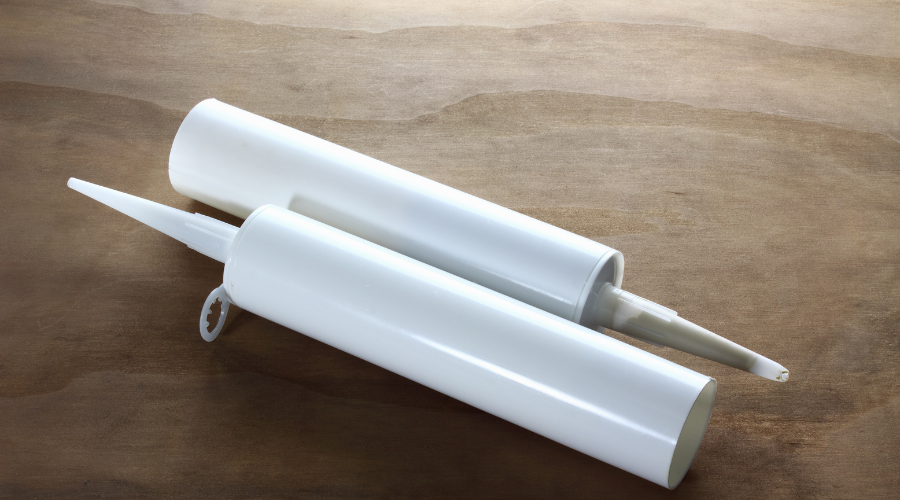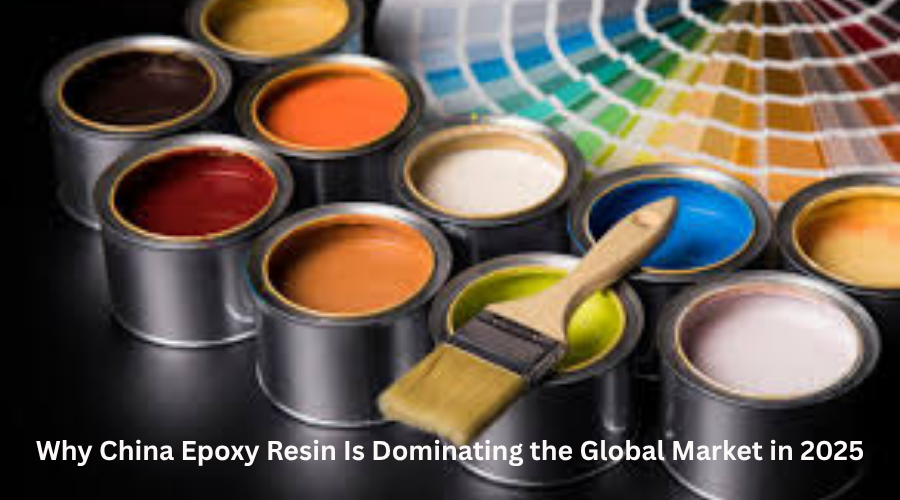Why are Silicone Potting Compounds widely Used Now?
- qinglongdatech
- Aug 5
- 5 min read

In recent years, silicone potting compounds have become an essential material across a range of industries — from electronics and automotive to aerospace and clean energy. Their ability to protect delicate components from moisture, dust, vibration, and heat makes them a preferred solution for manufacturers worldwide.
If you're searching for a reliable silicone potting compound supplier, it’s likely because you've recognized the growing demand and importance of this versatile material.
In this blog, we’ll dive deep into why silicone potting compounds are widely used now, what makes them so popular, and how they outperform traditional alternatives in various applications.
What Is a Silicone Potting Compound?
Let’s start with the basics.
Silicone potting compounds are two-component systems (usually a resin and a curing agent) that cure at room temperature or with heat to form a soft, rubbery protective layer around sensitive components. This process, known as potting, encapsulates electronic assemblies in a strong yet flexible shield, providing insulation, protection, and structural integrity.
These compounds come in different viscosities, cure times, hardness levels, and thermal properties, making them highly customizable based on the specific application needs.
Key Benefits of Silicone Potting Compounds
There’s a reason more industries are switching to silicone-based solutions. Here are some of the standout advantages that make silicone potting compounds the ideal choice in today's fast-paced manufacturing world:
1. Thermal Stability
Silicones are renowned for their excellent temperature resistance, usually between -50°C to 200°C (or even higher). Unlike epoxy or polyurethane, silicone potting compounds retain their properties even in extreme heat or cold, which is essential for electronics in outdoor or high-heat environments.
2. Moisture and Weather Resistance
Silicone compounds offer exceptional waterproofing, making them perfect for applications exposed to humidity, rain, and harsh weather. That’s why they’re frequently used in LED lighting, solar panels, and outdoor sensors.
3. Flexibility and Vibration Dampening
Once cured, silicone potting compounds remain soft and flexible, absorbing shocks and vibrations that could damage delicate circuits. This makes them a top choice in automotive, aerospace, and portable electronics, where components are constantly moving or exposed to impact.
4. Electrical Insulation
Silicone has strong dielectric properties, ensuring reliable electrical insulation. It prevents short circuits and arcing, safeguarding sensitive microelectronics even in challenging environments.
5. Chemical and UV Resistance
Another big reason behind their growing use is their resistance to chemicals, UV rays, and ozone. This enables long-term performance without yellowing, cracking, or degrading.

Applications: Where Are Silicone Potting Compounds Used?
You’ll find silicone potting compounds in a surprisingly wide variety of products and systems. Here's a breakdown of some major industries relying heavily on them today:
1. Electronics
From microchips and printed circuit boards (PCBs) to transformers and power modules, silicone compounds are used to encapsulate components for enhanced reliability and lifespan.
2. Automotive
In vehicles, they are applied to control units, ignition modules, and sensor housings to resist oil, heat, and vibrations.
3. LED and Lighting
LEDs require stable performance over time. Silicone potting compounds help by keeping moisture, dust, and thermal stress at bay.
4. Renewable Energy
Wind turbines and solar panels must withstand environmental exposure 24/7. Silicone potting ensures internal electronics stay protected and functional, even in the harshest climates.
5. Aerospace
The aviation industry needs lightweight yet durable materials. Silicone compounds provide protection without adding excessive weight, crucial for satellites, avionics, and control systems.
Why the Surge in Popularity Now?
There are several factors behind the recent surge in the use of silicone potting compounds:
Miniaturization of Electronics
As devices become more compact and intricate, traditional protection methods fall short. Silicone’s low shrinkage and stress-relieving properties make it a perfect fit for compact and intricate assemblies.
Rise in Harsh Environment Applications
With the growth of IoT (Internet of Things), many electronic systems are being installed outdoors or in extreme conditions. Silicone compounds provide the level of resilience needed to maintain long-term performance.
Sustainability and Longevity
In today's eco-conscious world, products need to last longer and withstand degradation. Silicone’s long service life aligns with this shift, making it the smart material for future-focused industries.
Choosing the Right Silicone Potting Compound
Not all silicone potting compounds are created equal. The right formulation depends on:
Operating temperature range
Cure speed requirements
Level of hardness or softness desired
Application method (manual vs. automated)
Exposure to chemicals, water, or UV
If you’re unsure which type best suits your needs, consult with a specialized supplier that can guide you through the selection process. A knowledgeable supplier can help you reduce waste, improve production speed, and ensure the best protection for your components.
Tips for Working with Silicone Potting Compounds
To get the best results from your silicone potting material, keep these tips in mind:
Mix thoroughly: Uneven mixing can cause incomplete curing or poor adhesion.
Degas if necessary: For sensitive electronics, removing air bubbles helps avoid performance issues.
Use compatible primers For better bonding to metal or plastic surfaces.
Control environment: Curing in a controlled temperature and humidity gives optimal results.
Future Trends in Silicone Potting Technology
The industry is constantly evolving, and we’re seeing exciting innovations such as:
Faster-curing formulations for high-speed production
Low-volatile organic compound (VOC) options for eco-friendly manufacturing
Transparent silicones for optical applications like LED lighting
Electrically conductive silicones for EMI shielding
Manufacturers are also integrating AI and robotics into the dispensing process to automate and enhance the application of potting compounds, making them even more indispensable in future-ready production lines.
Conclusion
In a world where durability, reliability, and miniaturization are non-negotiable, silicone potting compounds have carved out a crucial role across industries. Their superior thermal resistance, flexibility, and moisture protection make them the go-to solution for safeguarding modern electronics.
As demand continues to grow, partnering with an experienced potting compound supplier ensures you stay ahead of the curve with high-performance, cost-effective solutions tailored to your application.
Whether you're in electronics, automotive, lighting, or renewable energy, understanding and leveraging the benefits of silicone potting compounds can greatly enhance the lifespan, safety, and performance of your products.
FAQs
Q1: What’s the difference between silicone and epoxy potting compounds?
A: Silicone compounds offer greater flexibility, temperature resistance, and longer service life than epoxy. Epoxies are rigid and may crack under vibration or extreme heat, while silicones remain stable and pliable.
Q2: How long does silicone potting take to cure?
A: It depends on the formulation. Some cure within minutes with heat, while others take hours or even a full day at room temperature. Always refer to the manufacturer’s data sheet.
Q3: Can silicone potting compounds be removed after curing?
A: They can be removed, but it’s challenging and time-consuming. They’re meant for permanent protection, so removal may damage the component underneath.
Q4: Are silicone potting compounds safe for the environment?
A: Many modern formulations are low-VOC and RoHS compliant, making them safer for both workers and the environment. Always check certification standards before purchase.
Q5: Where can I find a good supplier?
A: Look for reputable manufacturers with experience in your industry, customer support, and the ability to customize formulations if needed. Reviews, case studies, and technical assistance are good signs of a quality supplier.







Comments